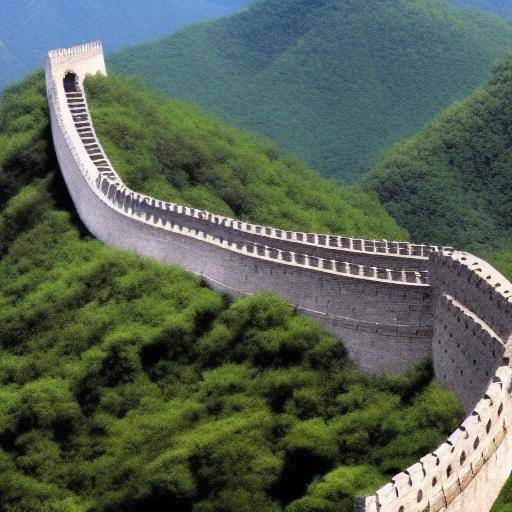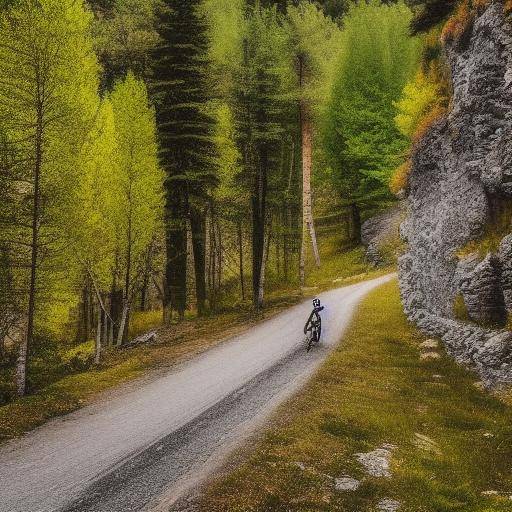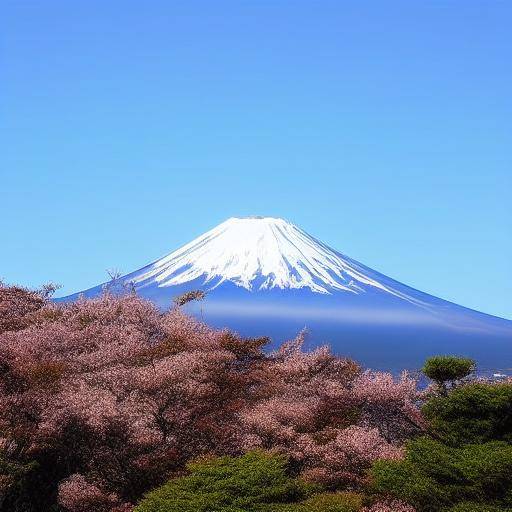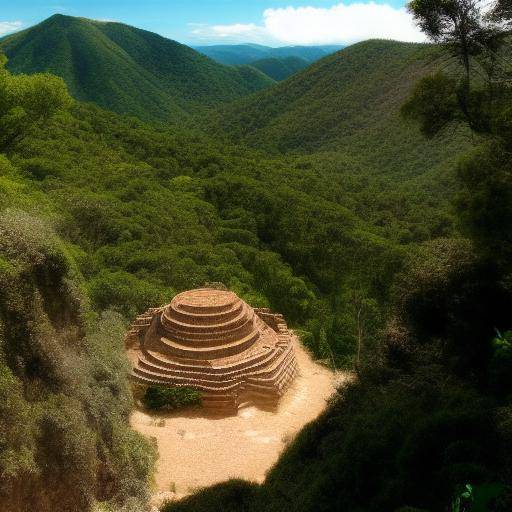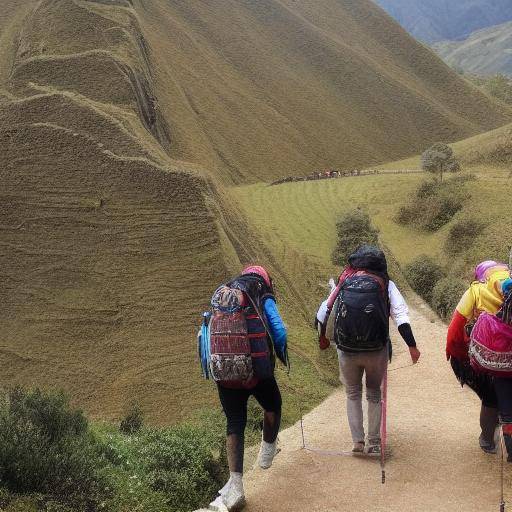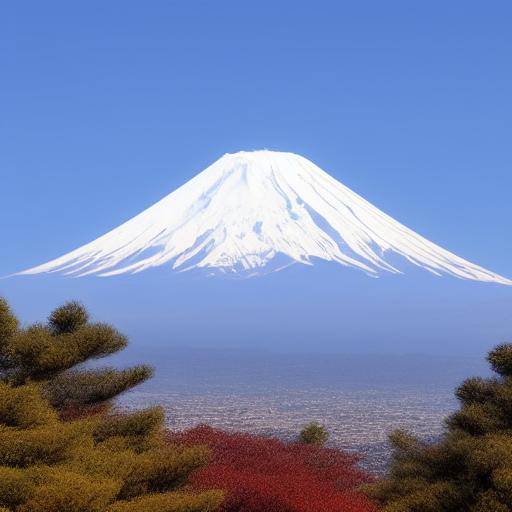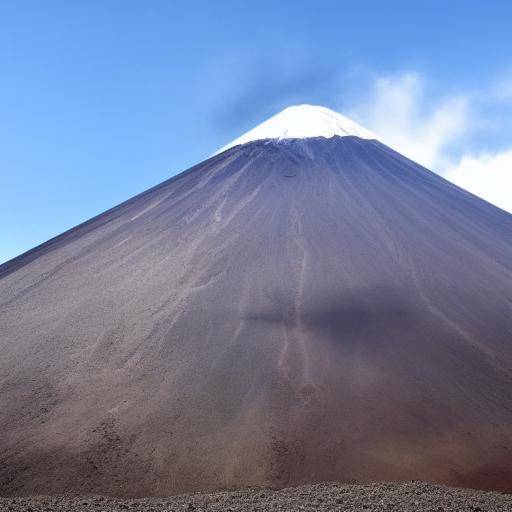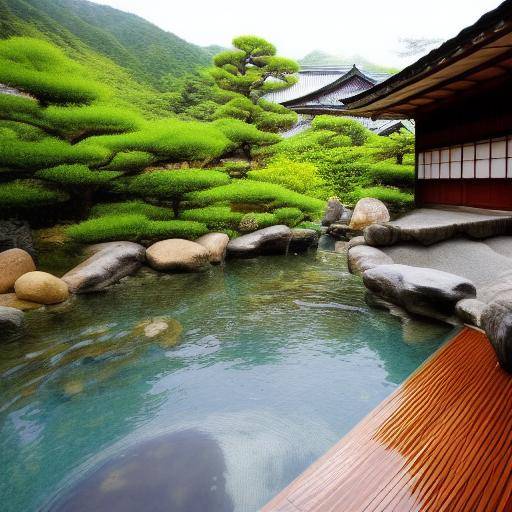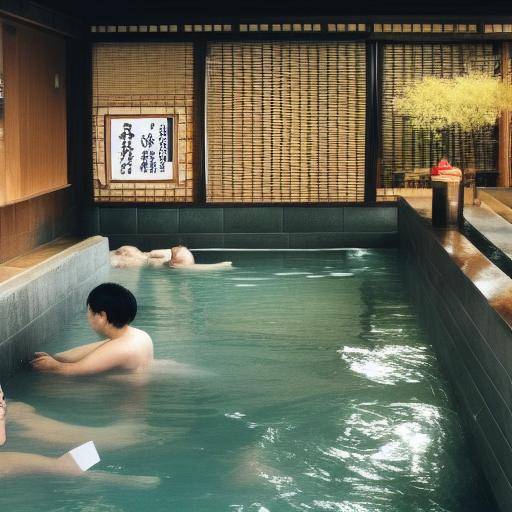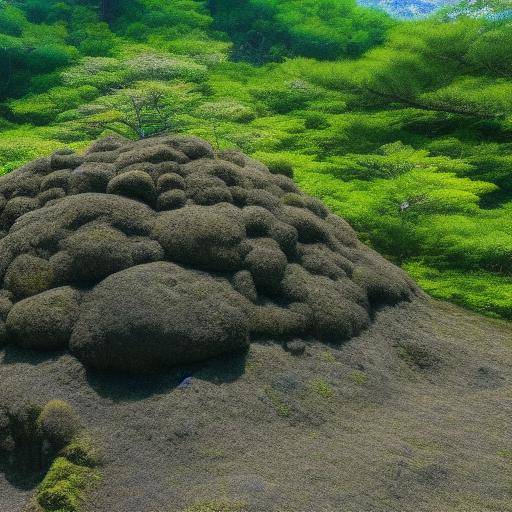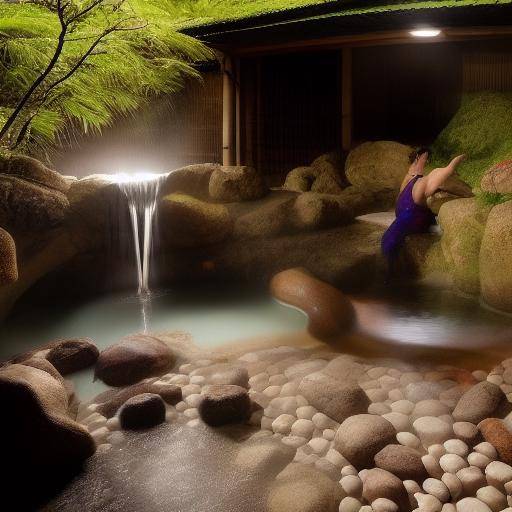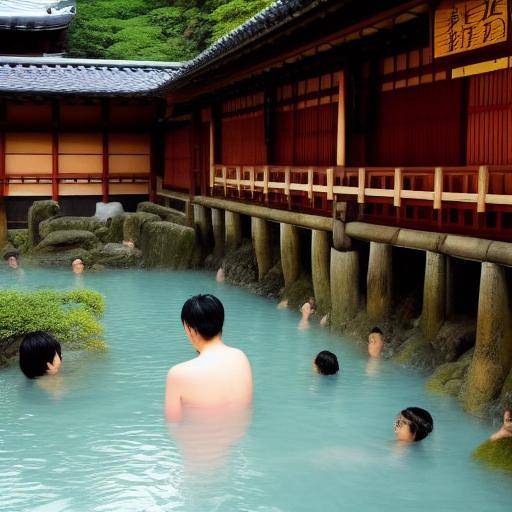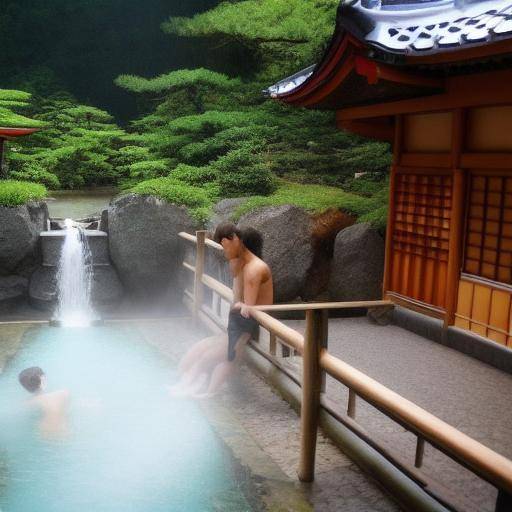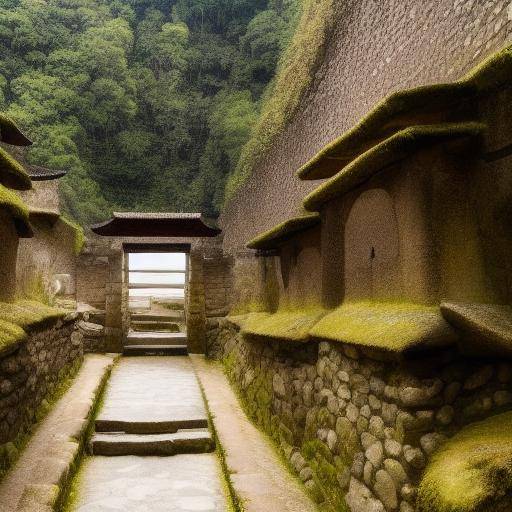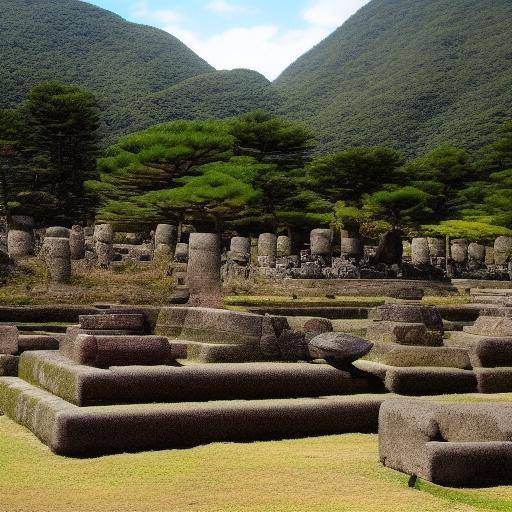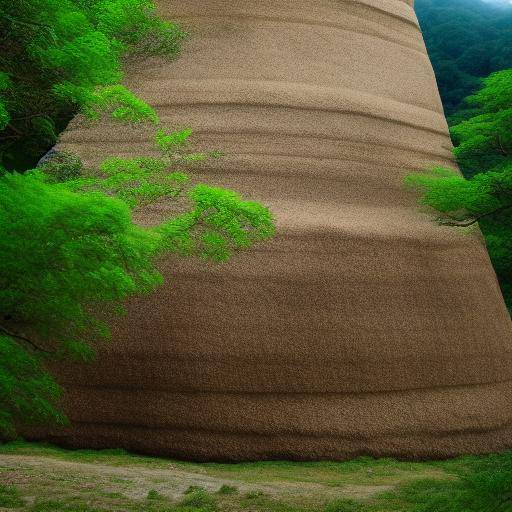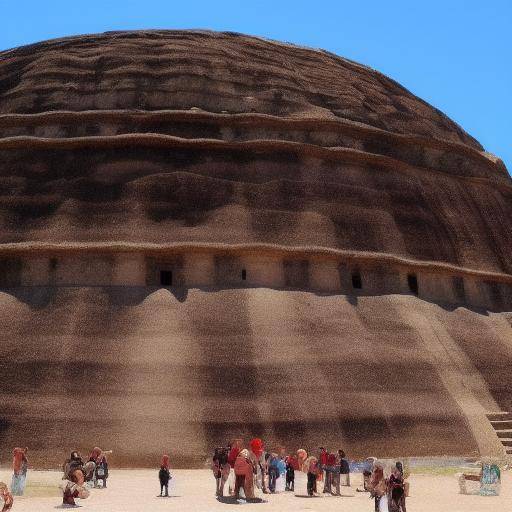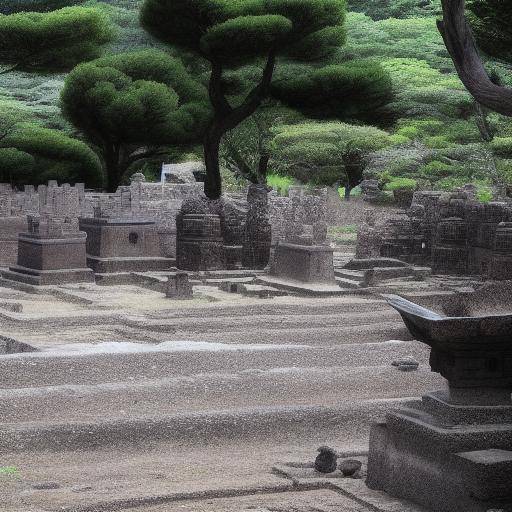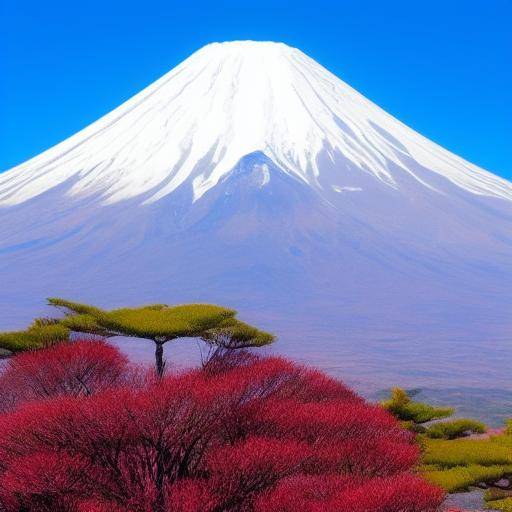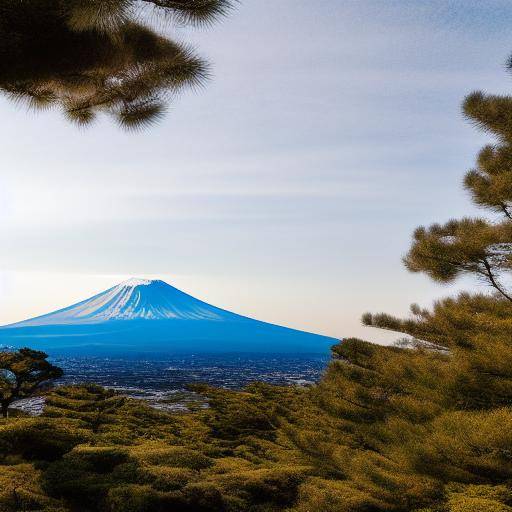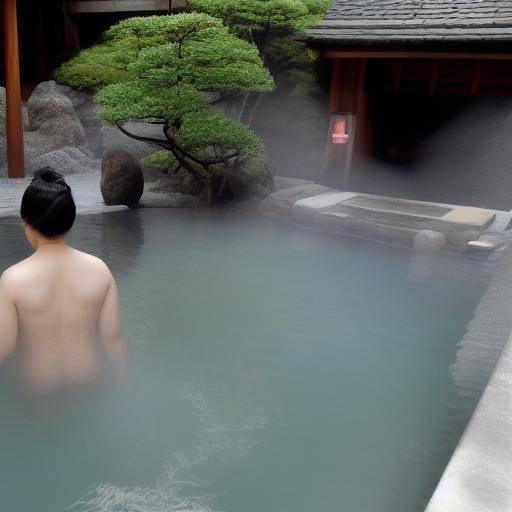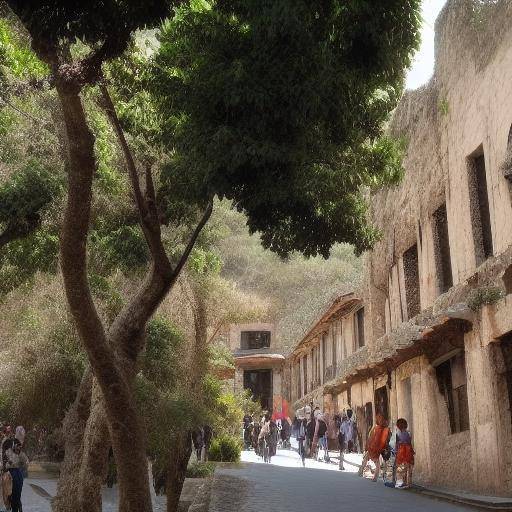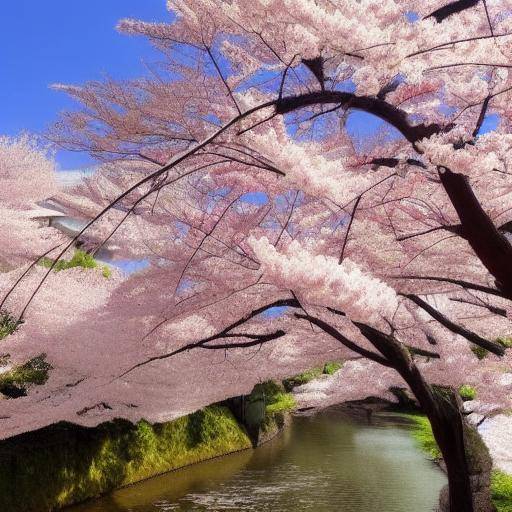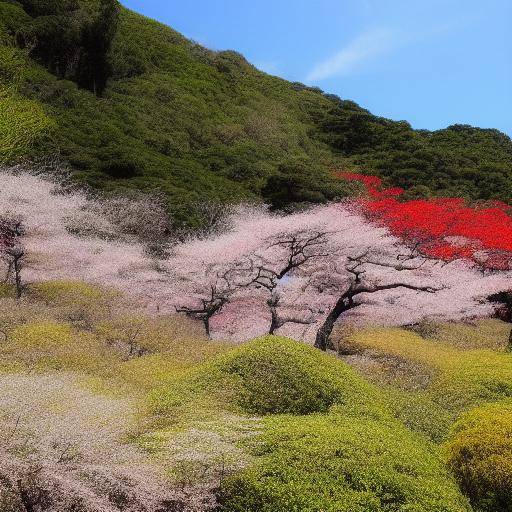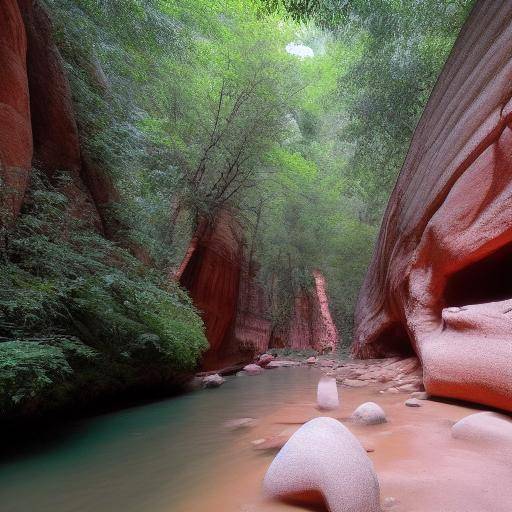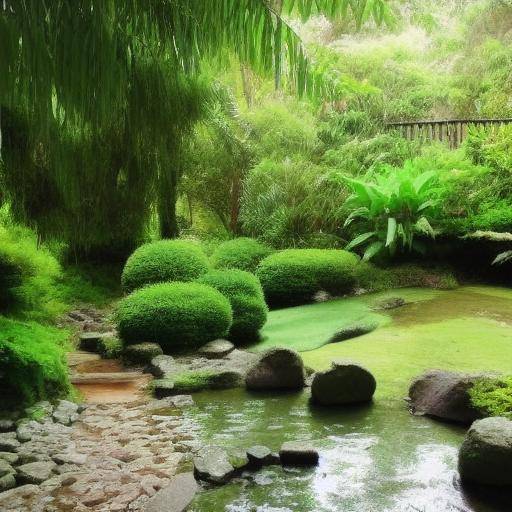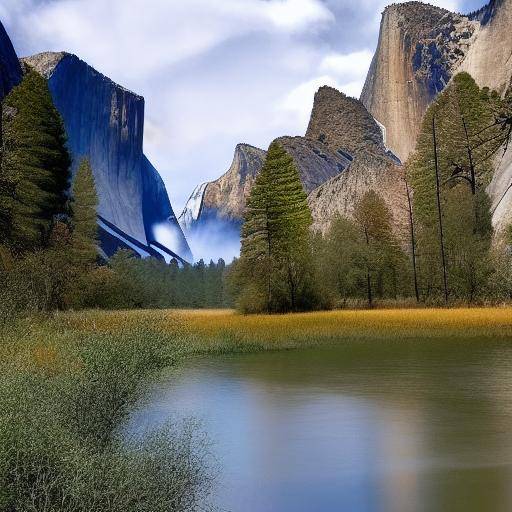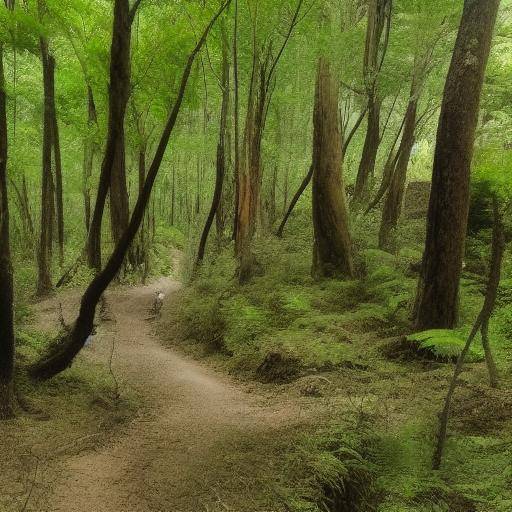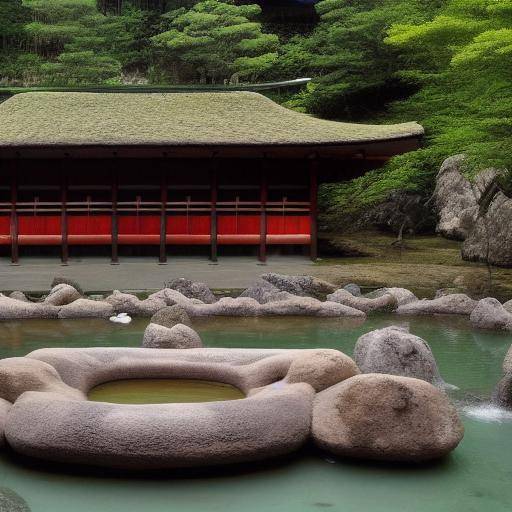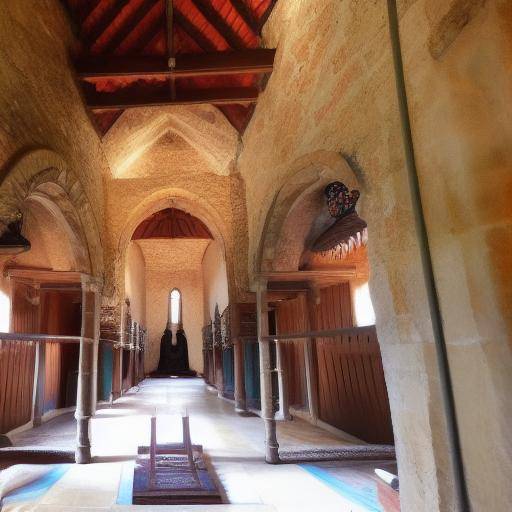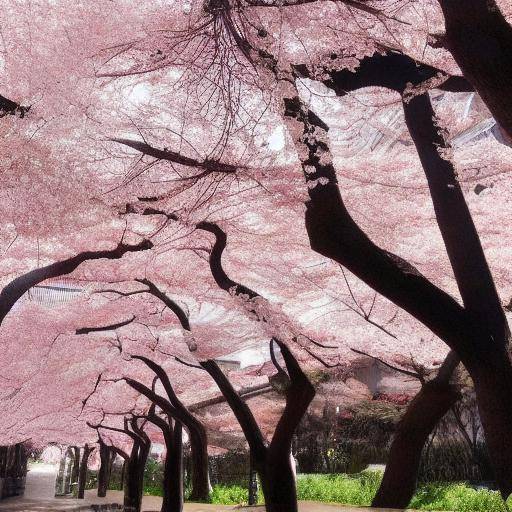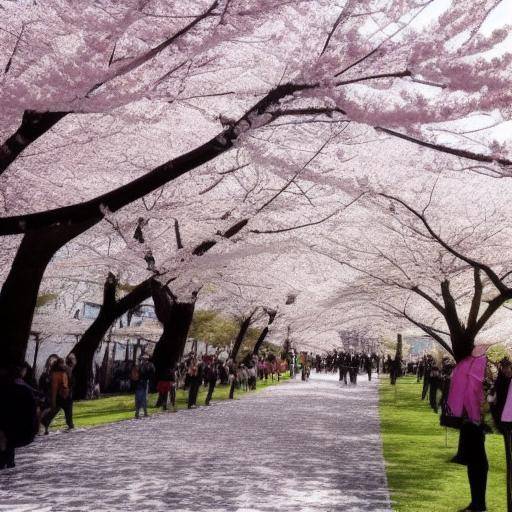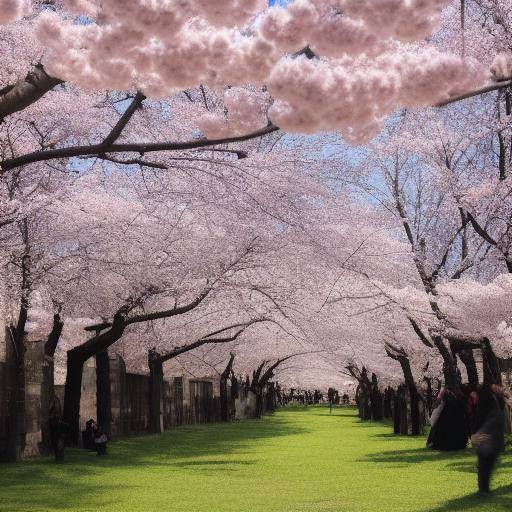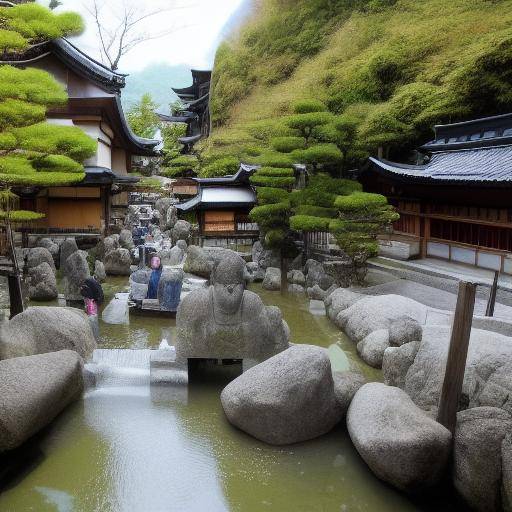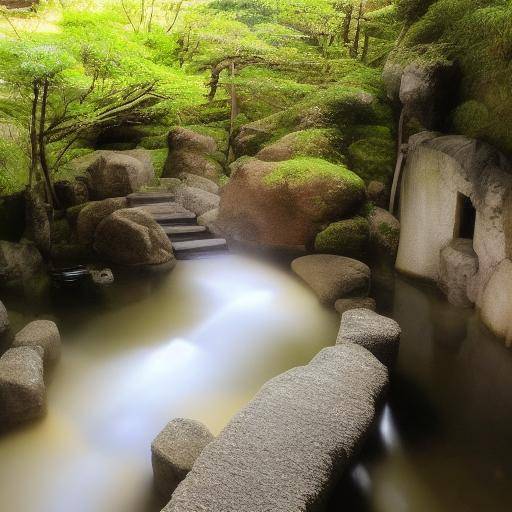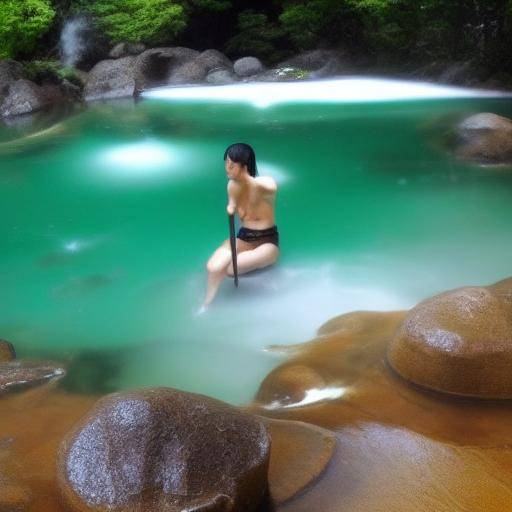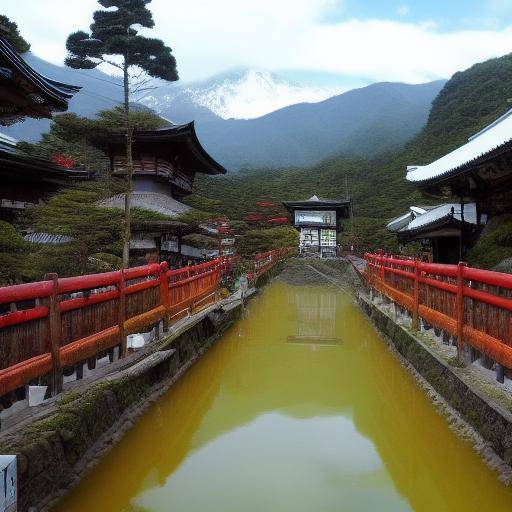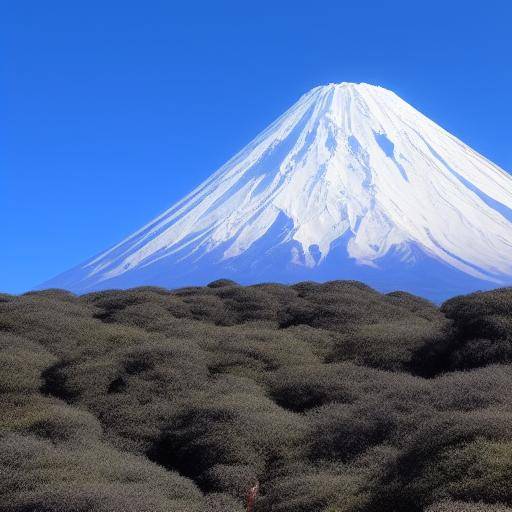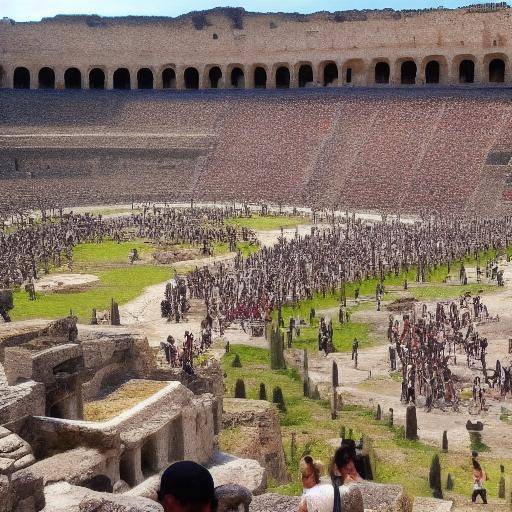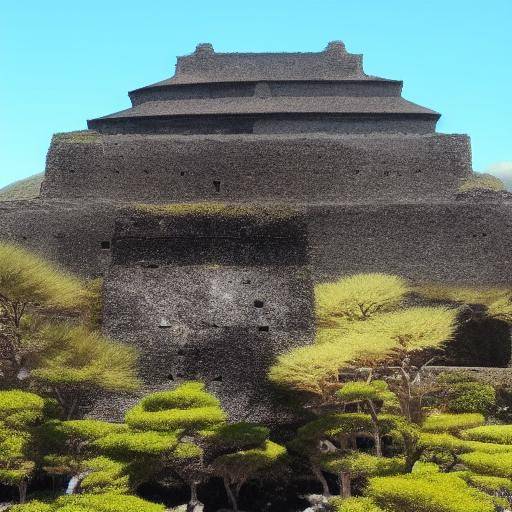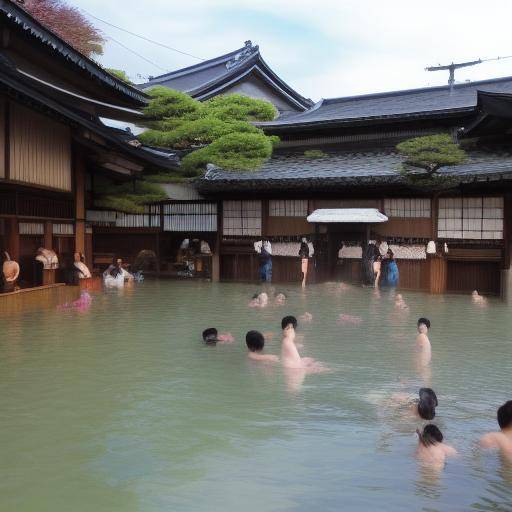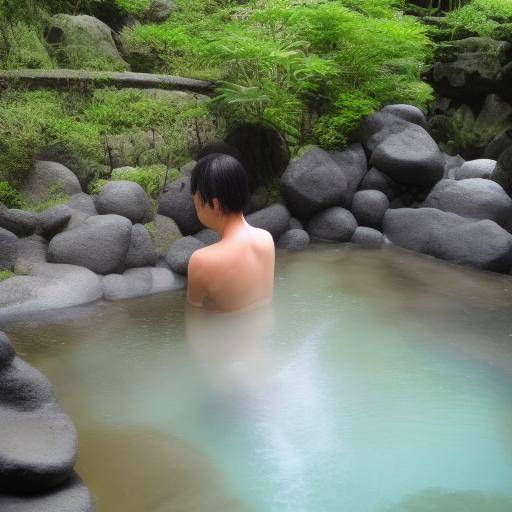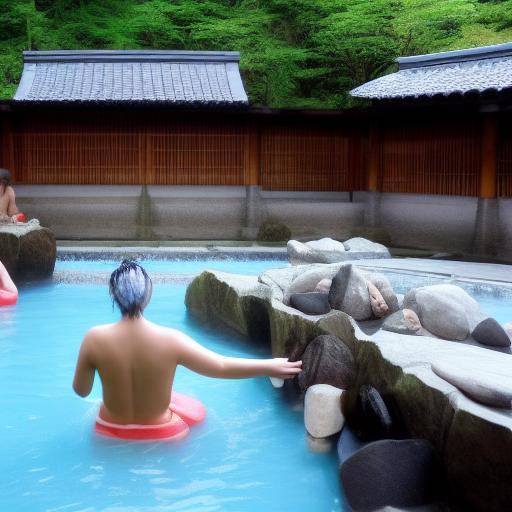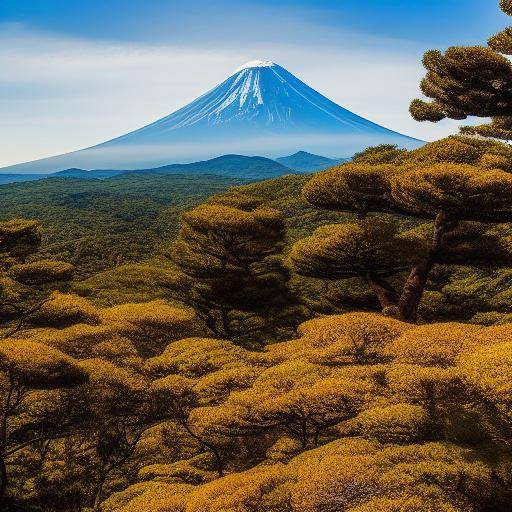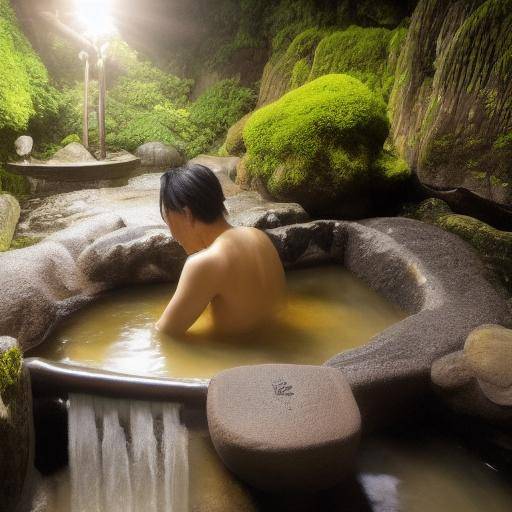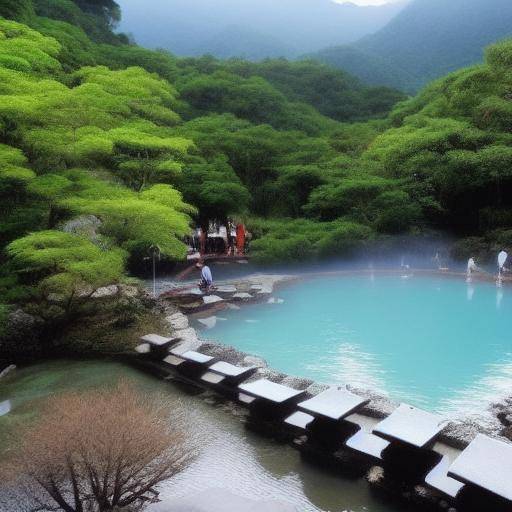
Mount Fuji is a natural wonder that attracts visitors from around the world to Japan. From its majestic beauty to its fascinating hiking trails, Mount Fuji offers unforgettable experiences at every season of the year. In this article, we will explore how to fully enjoy this iconic volcano, its various trails and the exciting hiking practice in Japan. Join us on this adventure to discover everything about Monte Fuji and hiking in Japan.
Introduction to Mount Fuji and its Hiking Routes
Mount Fuji, known as "Fuji-san" in Japanese, is the highest peak in Japan, with an impressive height of 3,776 meters. This active volcano, with a distinctive silhouette, has been venerated in Japanese culture for centuries and has been a source of inspiration for artists and poets. Throughout the year, nature lovers and hikers are attracted by their picturesque trails that offer spectacular views and the opportunity to connect with Japan's natural beauty.
In this article, we will take you to a virtual journey through the history, beauty and excitement of exploring the hiking trails of Mount Fuji at each station. From challenging trails to panoramic views, this article will provide you with detailed knowledge, practical advice and inspiration to enjoy this unique experience in Monte Fuji and its surroundings.
History and Context of Mount Fuji
Mount Fuji has a rich and significant history in Japanese culture. For centuries, it has been a symbol of beauty, strength and spirituality. Its volcanic origins date back thousands of years, which has shaped the surrounding land and influenced the traditions and beliefs of the local population. We will explore the historical background of Mount Fuji, from its first eruptions to its role in Japanese mythology, which has made it a venerated site.
Hiking in Japan: A Transformative Experience
Hiking is a highly appreciated activity in Japan, and Monte Fuji offers some of the country's most challenging and impressive trails. Explore trails such as Yoshida Trail, Subashiri Trail and Gotemba Trail gives visitors the opportunity to connect with nature, overcome personal challenges and enjoy panoramic views that capture the majesty of Mount Fuji and its surroundings.
Detailed Analysis of the Routes of Hiking
Each hiking route around Mount Fuji offers a unique experience, from the subtropical jungle at the base to the alpine landscapes at higher altitudes. We will discover the differences between routes, their challenges and specific beauties, as well as best practices to make the most of the hiking experience at each season of the year.
Practical Tips to Enjoy Mount Fuji and its Pathways
We will present practical advice for those who wish to undertake the adventure of climbing and exploring Mount Fuji. From equipment and physical preparation to security considerations and logistical aspects, our advice will help you to be better prepared to address the challenges of this iconic mountain and its paths.
Future Perspectives and Trends
Finally, we will take a look at the future of hiking on Mount Fuji and its surroundings. With the constant flow of visitors and climate change, it is essential to consider the environmental impact and best practices to preserve this natural heritage for future generations. Similarly, we will analyze trends in hiking in Japan and how Mount Fuji continues to captivate a global audience.
Conclusion
Mount Fuji is a magical destination that offers travelers the opportunity to experience the grandeur of nature and the challenge of climbing a volcano. Its mountain trails provide a unique immersion in natural beauty and Japanese culture. Throughout this article, we have guided you through history, the excitement of hiking and practical tips to fully enjoy Mount Fuji and its trails at any station. Now it's up to you to plan your own adventure and discover the treasures that Mount Fuji has reserved for you.
Frequently asked questions about Mount Fuji and Hiking in Japan
1. What is the best time to climb Mount Fuji?
The official climbing season is from July to mid-September, when hiking trails are usually clear of snow. However, each station offers a unique experience, so the choice depends on your personal preferences.
2. Is it safe to climb Mount Fuji?
With proper preparation and following the indications of local guides, Mount Fuji can be scaled safely. However, it is essential to take into account climate conditions and to be prepared for the challenges of the mountain.
3. How long has Mount Fuji been climbing?
Most people complete the rise in one or two days, depending on the route and rhythm. It is recommended to plan ahead and take the time necessary to adapt to the altitude.
4. What are the benefits of hiking in Japan?
Hiking in Japan not only offers an escape from urban life, but also provides the opportunity to enjoy the serenity of nature, experience local culture and care for physical and mental health.
5. What equipment is needed to scale Mount Fuji?
The appropriate equipment includes coatings, resistant footwear, flashlight, UV protection, energy food and first aid supplies. It is essential to be prepared for abrupt changes in weather conditions.
6. What is the cultural significance of Mount Fuji for the Japanese?
Mount Fuji occupies a central place in the Japanese worldview, and its ascent is associated with spiritual purification and the veneration of nature. It is considered a sacred place for many Japanese.
With these frequent questions, we hope to highlight the most relevant aspects of Mount Fuji and hiking in Japan. For an enriching experience, we encourage you to explore even more and immerse yourself in the incomparable beauty of Montejn.

